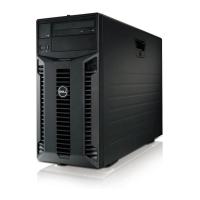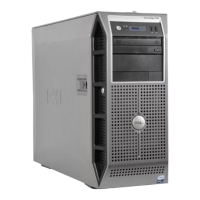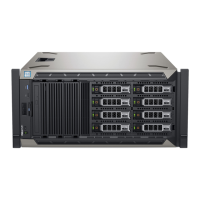Dell PowerEdge T20 Technical Guide 18
7 Power, thermal and acoustics
Lower overall system-level power draw is a result of breakthrough system design. The Dell
PowerEdge T20 server maximizes performance per watt through a combination of power and
cooling, energy-efficient technologies and tools. Additionally, the PowerEdge T20 has an extensive
collection of sensors that automatically track thermal activity, which helps regulate temperature,
thereby reducing server noise and power consumption.
Power management
Table 14 summarizes power management features on the PowerEdge T20.
Table 14. Power management features
Feature Type
Enable/Status/Ctrl
bit location
Description
ACPI mode switch Fixed PCH The operating system uses the
SCI_EN bit in PCH to switch
from legacy mode to ACPI
mode.
Sleep states
Fixed
PCH
Supported states: S0 (Working),
S4-OS (‘Hibernation’), and S5
(Soft-off).
S1 (also called ‘standby’ or
‘suspend’) and S3 are not
supported.
Power button Fixed PCH In ACPI mode, the operating
system has control of the power
button. In non-ACPI mode, SMI
handler owns power button
events.
Real-time clock (RTC) Fixed PCH The operating system is able to
configure the system to wake on
the RTC alarm.
Power management timer Fixed PCH PCH 32-bit power management
timer is used.
Power management event
(PME)
Generic PCH When a device signals PME, the
system wakes (if necessary), the
OS detects the event, and a Dell-
defined ASL routine handles the
event. Wake-on-LAN is one
example of a PME.
DBS N/A Processor MSRs This feature does P state
transition under Windows.
C state support N/A Processor and PCH
registers
This feature allows multiple C
state support for the processor.
This feature will work under
Windows and ACPI OS that
understand C states.

